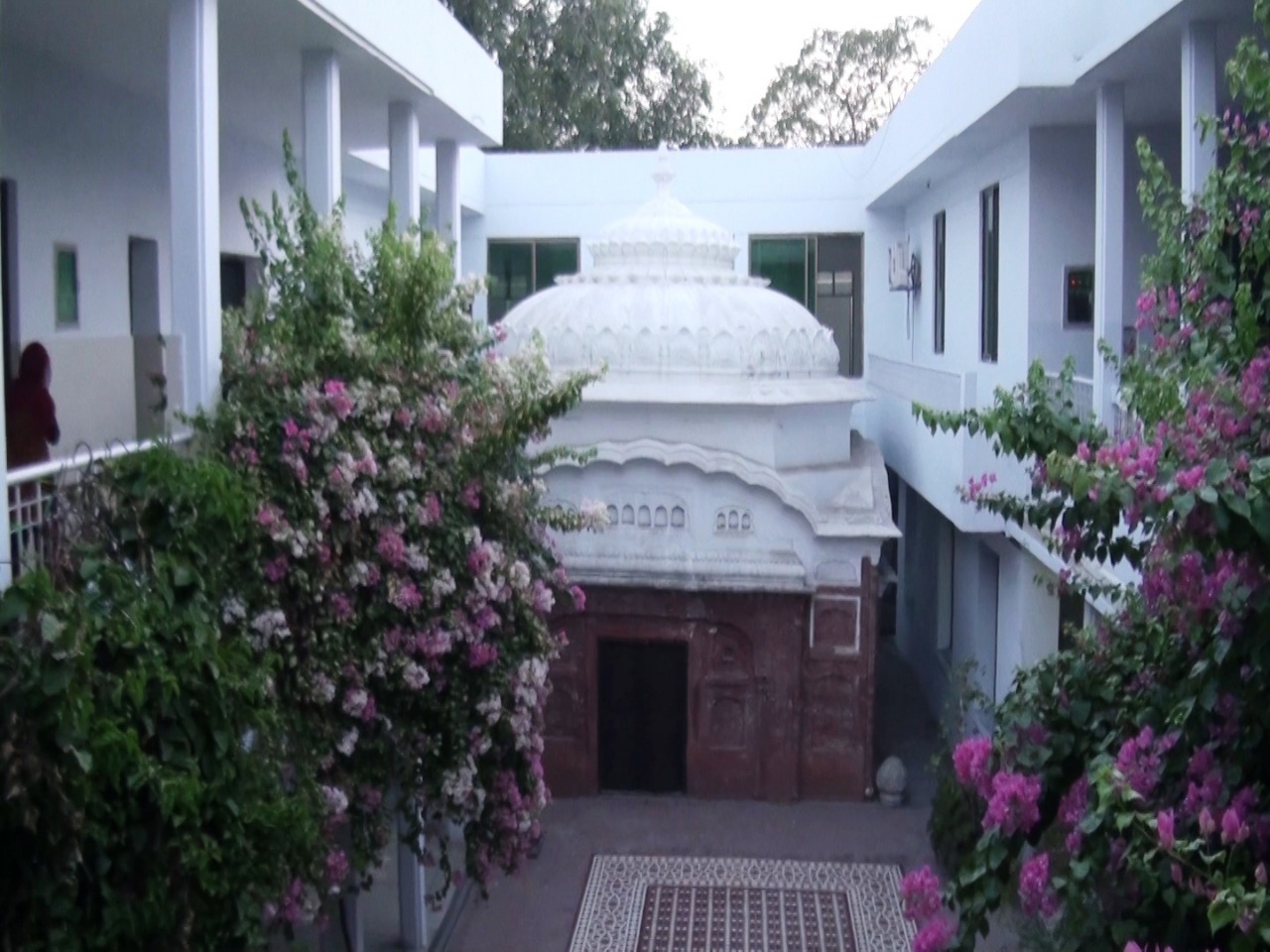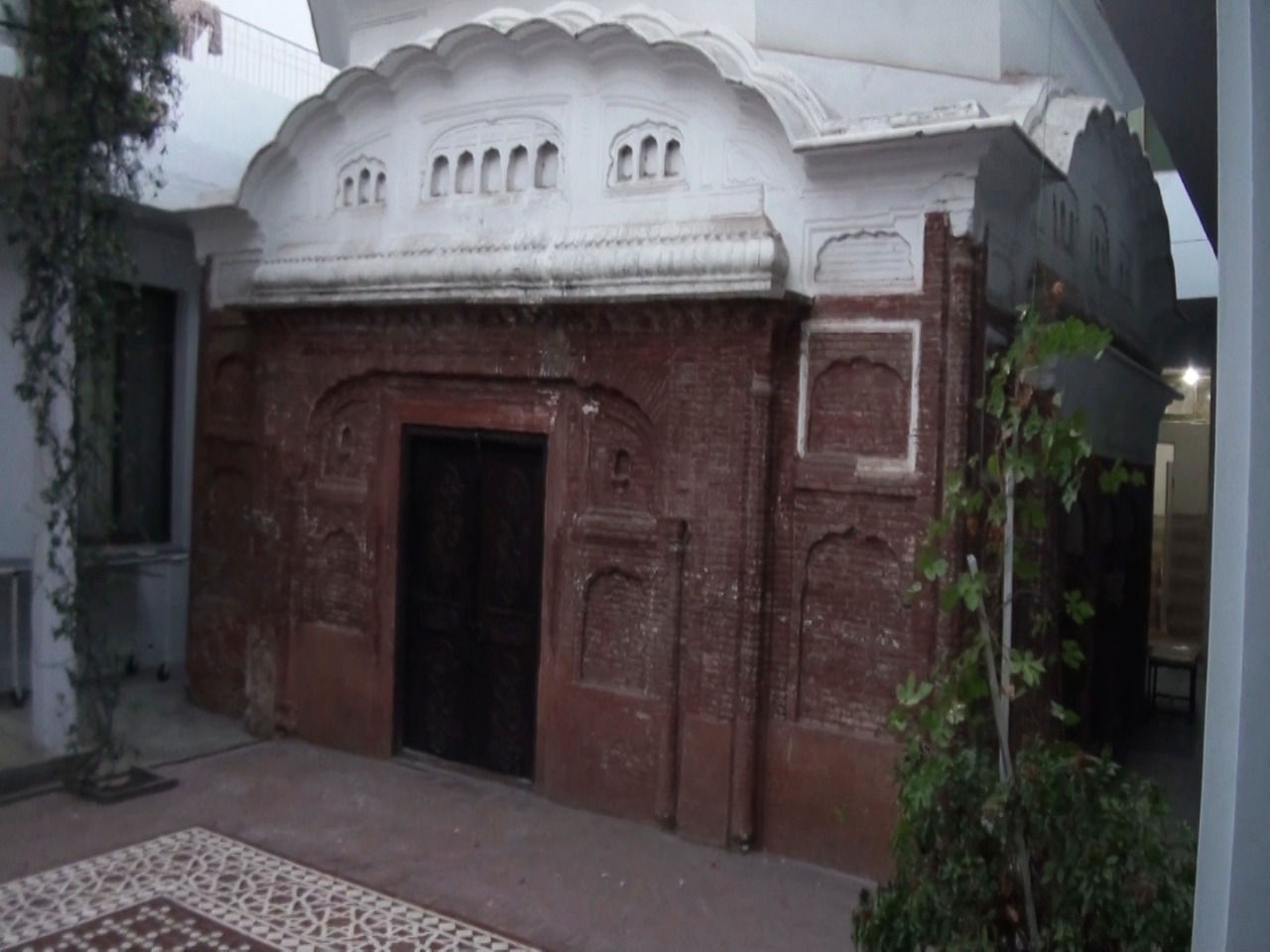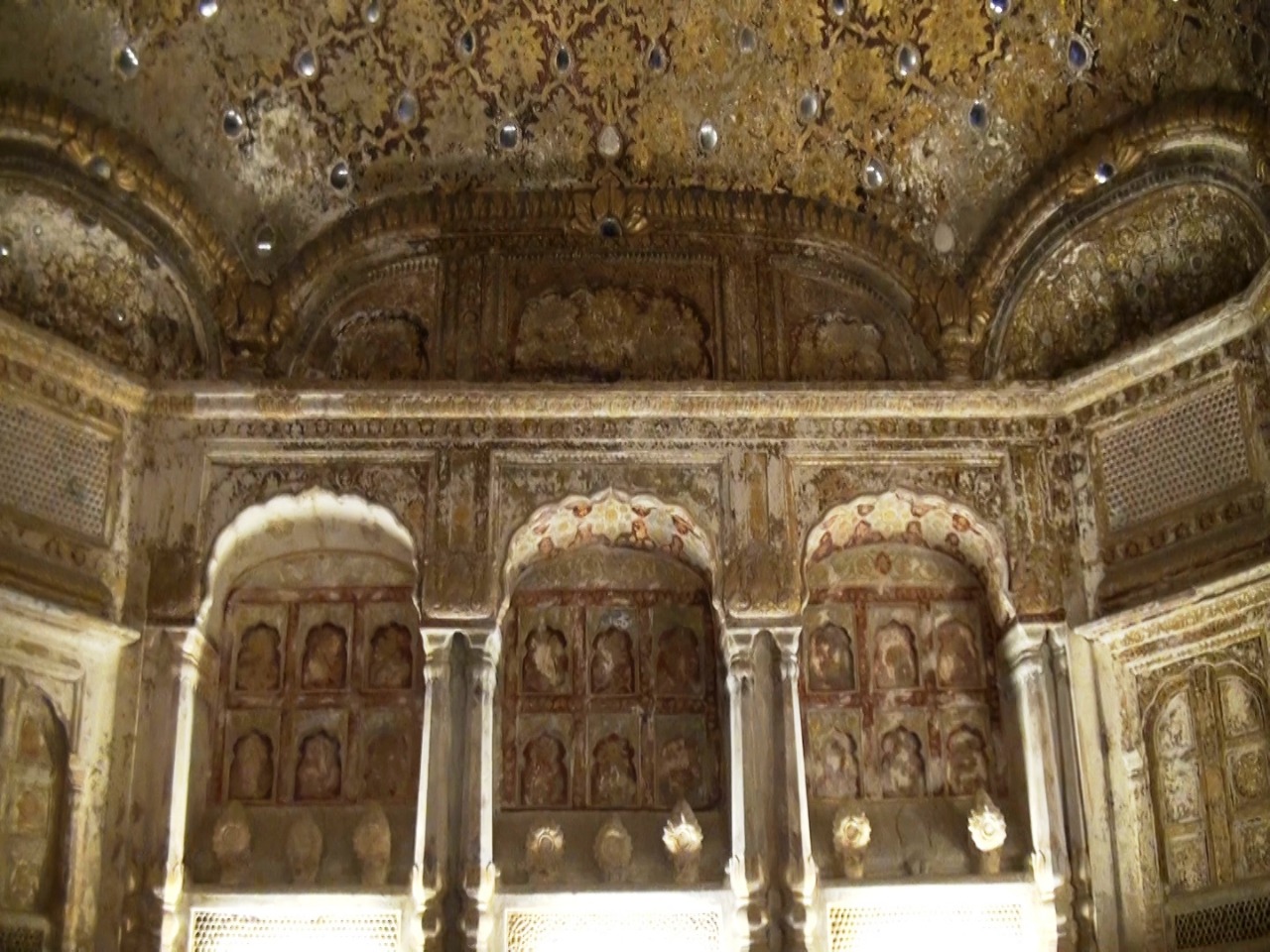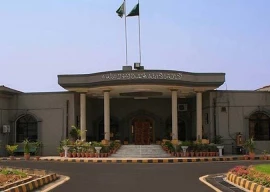
One such historic spot is the Chajju da Chaubara (Chajju’s dwelling) which is fighting for its existing since a long time.
Situated within the premises of the Shams Shahabuddin Convalescent Home adjacent to Lahore’s Mayo Hospital, the dome-shaped structure is associated with prominent Hindu philanthropist Chajju Bhagat who lived in the 16th Century. Sadly, however, the location of the historic site, with buildings surrounding it, has overshowed the presence of the chaubara (room).

Even though the building has not been given the status of a mosque, a space within the chubara has been reserved for Muslims visiting the hospital to offer prayers.
Shedding light on the historical significance of the structure, the Punjab Heritage Department director Afzal Khan told The Express Tribune that Chajju Bhagat was born in Lahore nearly 450 years ago during the rule of Emperor Shah Jahan.
“Chajju Bhaghat –who was a goldsmith by profession – belonged to the generation of Bhatti Rajputs. Despite belonging to a privileged background, he had the mindset of Sufis from the very outset and was known for his simplicity, chastity and honesty,” Afzal said.
“He used to attend the gatherings of the Sufi saints of the time, including Hazrat Bala Pir Lahori, Sheikh Ismail Faheemi and Hazrat Mian Mir.”
Khan further shared that people from all over the subcontinent used to visit the majestic dome to look at the architectural marvel which was constructed in Gawalmandi. The dome – whose ceiling is adorned with precious stones – reflects architectural finesse and exudes an aura of antiquity.

The chaubara also been mentioned in Punjabi literature, according to which it is described as a place of immense comfort and pleasure – something which is not even comparable to the luxuries found in affluent cities like Balkh in Afghanistan and Bukhara in Uzbekistan.
“Chajju Bhagat meditated on the last floor of the chaubara throughout the day. In the evening, he would descend to meet his disciples to resolve their issues – both related to religious and worldly affairs,” Afzal Khan added.
Historical references show that Chajju Bhagat, who did not worship idols but believed in the concept of Oneness, neither consumed alcohol nor ate meat. After his death in 1054 Hijri, a marble worship place was built at the spot where he used to meditate.
Life-size sculpture of Ranjit Singh to be unveiled at Lahore Fort
According to the Archaeological Heritage record, a major portion of the building is under the use of the Mayo Hospital, while the remaining area is covered by the Shams Shahabuddin Convalescent Home.
Kilyaan Singh Kilyaan, a professor at the Government College Lahore told The Express Tribune that the remaining part of the chaubara has been preserved by the government to prevent it from further deterioration. He said that Chajju Bhaghat lived in Lahore during the reign of the Mughal Emperor, Jahangir. Owing to his humble nature, he was always surrounded by Hindu and Sikh priests, faqeers and meditators.
Commenting on the fact that people offer prayers there at the moment, a local Hindu leader Dr Manor Chand said that Chajju’s chaubara has never been a religious site or a temple. Indeed, it was his residence.
“When he was alive, people from all religious backgrounds used to visit him. Therefore, if today, someone prays there rests there, the Hindu or Sikh community does not have a problem with that. Chajju respected people of all faiths indiscriminately and that is what he is remembered for,” Dr Manor Chand continued.
Published in The Express Tribune, July 12th, 2019.

1725612926-0/Tribune-Pic-(8)1725612926-0-165x106.webp)








1725254039-0/Untitled-design-(24)1725254039-0-270x192.webp)






COMMENTS
Comments are moderated and generally will be posted if they are on-topic and not abusive.
For more information, please see our Comments FAQ